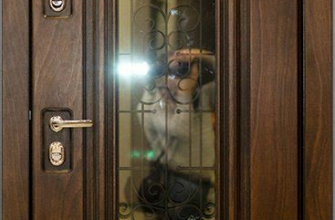The teremok is a wonderful fairytale that has been beloved by generations of children and adults alike. It is a classic Russian folktale that tells the story of a little house, or teremok, nestled in the woods. The teremok is home to various forest animals, including a mouse, a frog, a rabbit, a wolf, and a bear.
In the fairytale, each animal comes knocking at the door of the teremok, asking if they can come in. The mouse is the first to arrive and the owner of the teremok, and she agrees to let the mouse in. The frog and the rabbit also come knocking, and the mouse allows them to enter as well. However, when the wolf comes knocking, the mouse is hesitant to let him in, as she is afraid he will eat the others. Eventually, the mouse agrees to let the wolf in, and he does not harm anyone.
Then, the bear comes knocking at the door, and the other animals are afraid of letting him in. The mouse eventually agrees to let the bear in, and they all live happily together in the teremok. The fairytale teaches children about the importance of friendship, trust, and acceptance.
The teremok fairytale has been passed down through generations and has become a beloved part of Russian folklore. It has also been adapted into children's books, movies, and plays, bringing the story to life for new audiences. The story continues to captivate the imaginations of children and adults around the world, reminding us of the power of kindness and unity.
The Origin of Teremok
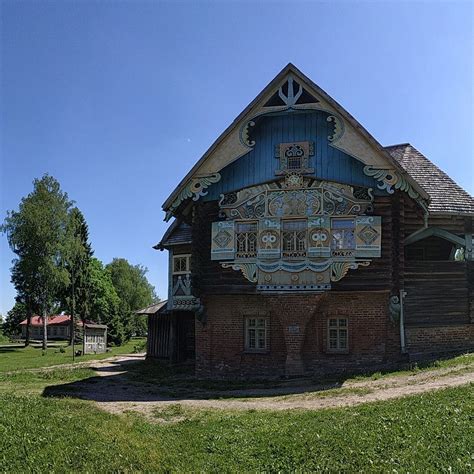
The story of Teremok, also known as "The Little Hut," is a popular Russian folktale that has been passed down through generations. It tells the story of a small hut inhabited by various forest animals.
In the tale, a little mouse builds herself a teremok, a traditional Russian wooden cottage. She hopes to live a peaceful life in her cozy home. However, one by one, other animals come knocking at her door, asking to be let in. The mouse agrees and welcomes each animal into her teremok.
First, a frog asks to join the mouse, followed by a rabbit, a wolf, and finally a bear. The animals keep piling into the already crowded cottage until the bear's weight causes the teremok to collapse.
With the teremok in ruins, the animals scatter in fear. The little mouse, who had built the teremok, manages to escape and finds herself a new home. The moral of the story teaches the importance of being content with what you have and not being greedy.
The tale of Teremok has been retold in various forms, including children's books, cartoons, and theatrical adaptations. It continues to be a beloved story in Russian folklore and serves as a reminder of the value of simplicity and humility.
Main Characters of the Fairy Tale

In the fairy tale "Teremok," there are several main characters who play important roles in the story. These characters include:
| Character | Description |
|---|---|
| Bear | The bear is the first visitor to the teremok. He tries to intimidate the other animals and take over the teremok for himself. |
| Wolf | The wolf is the second visitor to the teremok. He also tries to intimidate the other animals and take over the teremok. |
| Rabbit | The rabbit is the third visitor to the teremok. He is smaller and weaker than the bear and the wolf, but he uses his intelligence to outwit them. |
| Fox | The fox is the fourth visitor to the teremok. Like the bear and the wolf, she attempts to take over the teremok. However, she too is outsmarted by the rabbit. |
| Bunny | The bunny is the final visitor to the teremok. He is the smallest and weakest of all the characters, but he proves to be resourceful and is able to save the teremok from the other animals. |
Together, these characters create a dynamic and engaging story as they each try to assert their dominance over the teremok.
The Plot of the Teremok
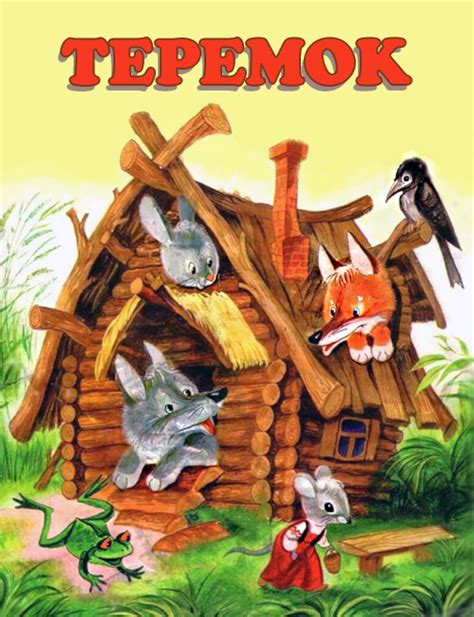
The teremok fairytale tells the story of a little teremok, a traditional Russian wooden house, that stands in a field. The teremok is home to a family of animals, including a mouse, a rabbit, a bear, a wolf, and a fox.
One day, the mouse decides that the teremok is too small for their growing family, and they need a bigger house. The other animals disagree, as they are happy with their cozy little teremok. But the mouse is determined, and decides to leave in search of a larger home.
The mouse first encounters a rabbit, who offers to share their burrow. However, the mouse finds the burrow too small and continues on their journey. Next, the mouse meets a bear, who invites them to live in their den. But the mouse is still not satisfied and continues their search.
Further along, the mouse comes across a wolf, who suggests sharing their cave. Again, the mouse finds the space too cramped and continues on. Finally, the mouse meets a fox, who offers to let them live in their hollow. But once again, the mouse finds the hollow too small.
Realizing that their teremok was the perfect size after all, the mouse returns home. The other animals are overjoyed to see the mouse back, and they all live happily ever after in the cozy teremok.
Lesson Taught by the Fairy Tale
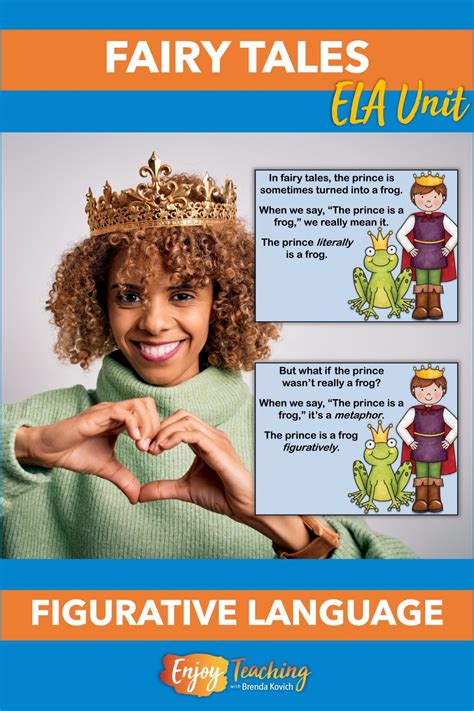
The fairy tale of Teremok teaches us several important lessons. First and foremost, it emphasizes the value of friendship and collaboration. In the story, different animals work together to build the teremok and protect each other from the sly fox. This demonstrates the power of unity and teamwork.
Furthermore, the fairy tale teaches the importance of being resourceful and adaptable. When the fox tries to trick the inhabitants of the teremok, they come up with clever solutions to outsmart her. This shows the value of quick thinking and adaptability in overcoming challenges.
Additionally, Teremok teaches us about the significance of respecting the environment and the creatures that inhabit it. The animals in the story live in harmony with nature, and their actions are guided by an understanding of their interconnectedness with the world around them.
Finally, the fairy tale reminds us of the consequences of greed and selfishness. The fox's attempts to deceive and devour the animals ultimately lead to her downfall. This highlights the negative effects of selfishness and the importance of considering the well-being of others.
Overall, the fairy tale of Teremok imparts valuable life lessons about friendship, collaboration, resourcefulness, respect for nature, and the dangers of greed. It serves as a reminder of the timeless wisdom found in traditional folklore.
Популярность сказки о Теремке

Теремок – это символ русской народной культуры и традиций. Сказка о Теремке воспевает жизнь и трудовые усилия русского народа. Она научает людей добрым и справедливым ценностям, акцентирует внимание на значимости семьи и взаимопомощи.
Сказка о Теремке сопровождает много песен и народных игр, которые позволяют детям весело и интересно учиться и развиваться. Такие песни, как "Теремок" и "Три богатыря" стали народными хитами и знаками узнаваемости.
Книги и мультфильмы о Теремке также очень популярны. Они представляют сказку в современном виде, сочетая в себе классический сюжет с современными анимационными техниками и музыкальными сопровождениями. Это делает сказку о Теремке доступной и интересной для нового поколения детей.
Сказка о Теремке также занимает достойное место в российской народной культуре. Ее персонажи используются в рекламе, детских праздниках и тематических вечерах. Такие элементы сказки, как дом-теремок или персонажи-звери, стали символами России и ее культуры.
Adaptations and Variations

Teremok is a popular Russian fairytale that has been adapted and retold in various forms over the years. It has been adapted into children's books, animated films, and even stage productions.
One of the most well-known adaptations of Teremok is the animated film "The Little House in the Woods," released in 1950. This film brought the characters of the fairytale to life and introduced them to a whole new generation of children. The film stayed true to the original story but added some new twists and turns to keep the audience engaged.
In addition to animated films, Teremok has also been adapted into children's books. These books often feature colorful illustrations and simplified versions of the story, making it accessible to young readers. Some adaptations also include interactive elements, such as lift-the-flap pages or pop-up characters, to further engage children in the story.
Furthermore, Teremok has been turned into stage productions, both for children and adult audiences. These adaptations often feature elaborate sets and costumes to bring the fairytale world to life. Some productions incorporate music and dance to enhance the storytelling experience.
While the basic plot of Teremok remains the same in most adaptations, there are often variations in the details. For example, some adaptations may include additional animal characters, or change the ending slightly. These variations serve to keep the story fresh and engaging for different audiences.
| Title | Type | Year Released | Notes |
|---|---|---|---|
| The Little House in the Woods | Animated Film | 1950 | An adaptation of Teremok with added twists and turns. |
| Teremok | Children's Book | Various | Simplified versions with colorful illustrations. |
| Teremok | Stage Production | Various | Elaborate sets and costumes, often with music and dance. |
Влияние сказки "Теремок"
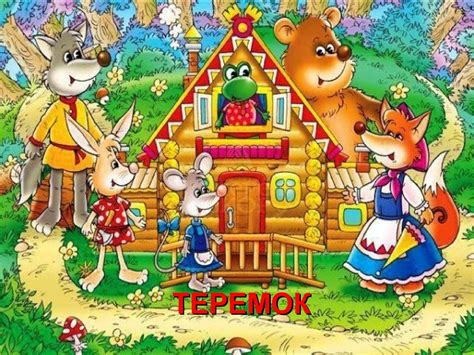
Сказка "Теремок" имеет значительное влияние на развитие детей и формирование их ценностей. Эта сказка учит детей общению, взаимопомощи и сотрудничеству.
Одна из главных тем сказки - это идея о том, что совместными усилиями возможно достичь большего. Когда разные животные в сказке объединяются, чтобы защитить теремок от медведя, это показывает детям важность сотрудничества и взаимопомощи.
Сказка также учит детей принимать решения и самостоятельно действовать. Герои сказки, как и многие другие персонажи русских народных сказок, сталкиваются с проблемами и препятствиями, но находят решения и преодолевают трудности. Это учит детей быть настойчивыми, находить решения и не сдаваться перед трудностями.
Кроме того, сказка "Теремок" развивает у детей понимание о взаимоотношениях между разными животными и природой в целом. Герои сказки представлены различными животными, каждое из которых имеет свои особенности и характеристики. Это помогает детям понимать, что у каждого живого существа есть своя роль и значение в естественном мире.
Все эти уроки и значения, которые предлагает сказка "Теремок", способствуют развитию социальных навыков, пониманию межличностных отношений и формированию позитивных ценностей у детей.


